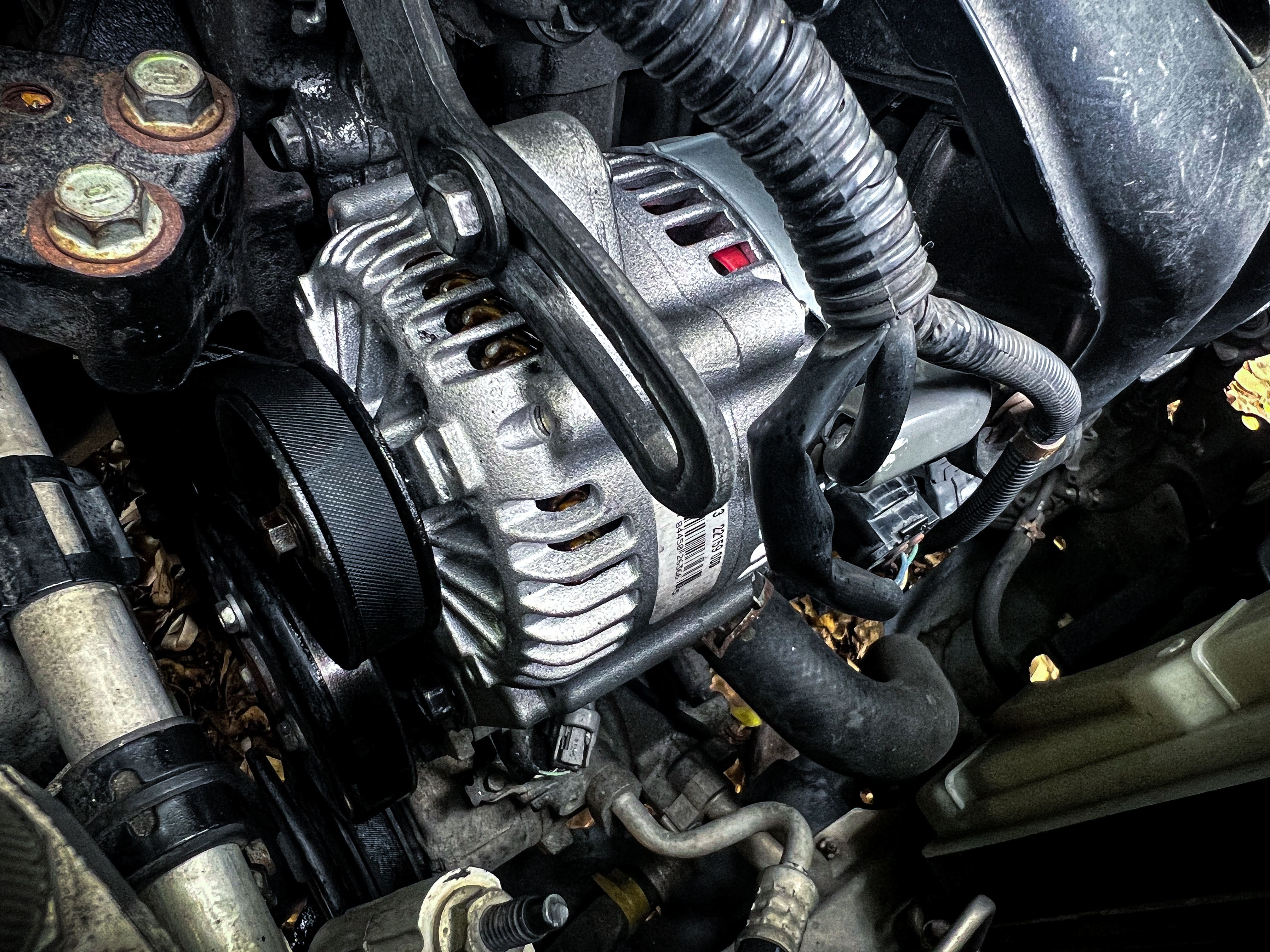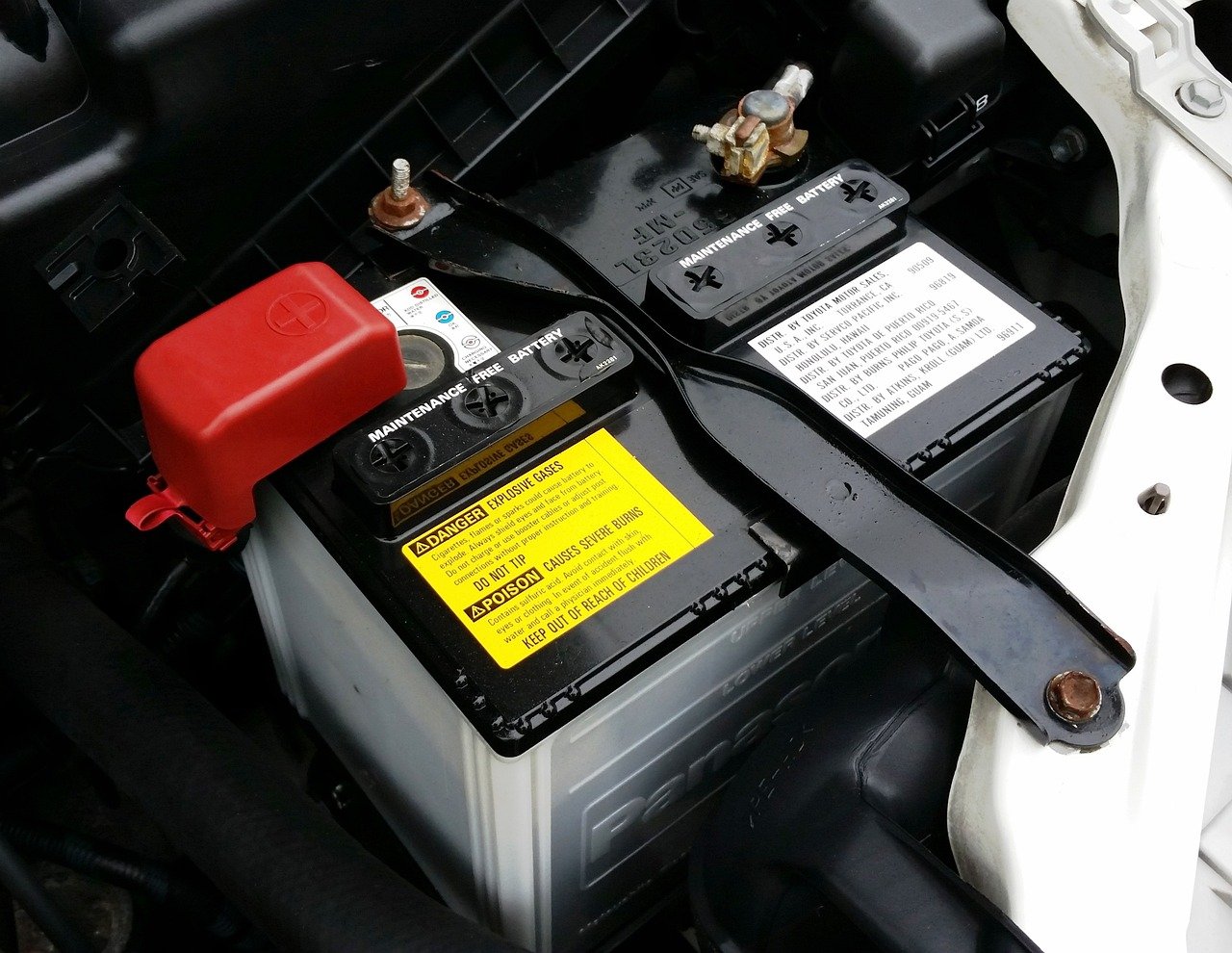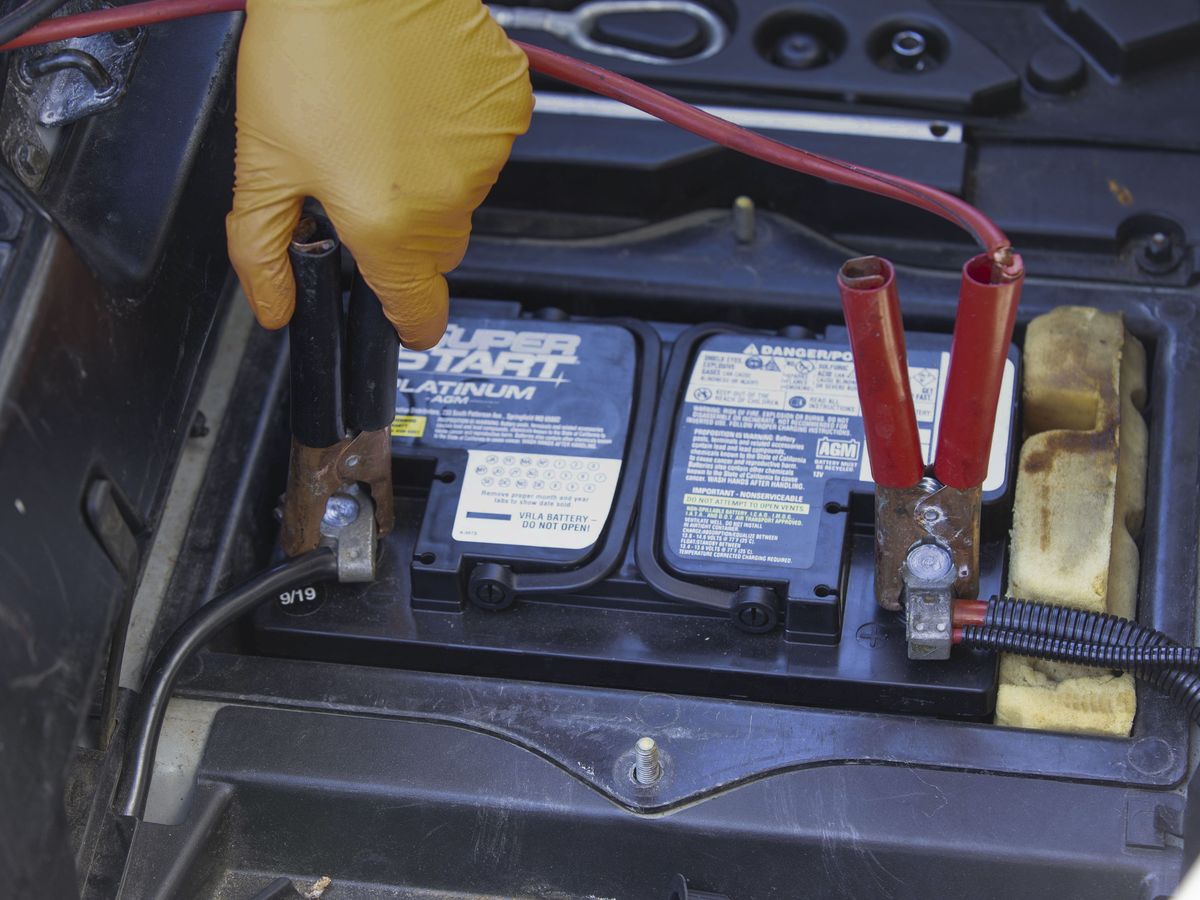9 Best Indicators of a Failing Car Battery
9 undeniable signs of a failing car battery include slow engine cranking and dim headlights. Recognizing these indicators is crucial for preventing being stranded due to battery failure.
Your car battery is an essential component of your vehicle, providing power to start the engine and run electrical systems. As you drive, your battery is recharged by the alternator, but over time, it will naturally degrade and eventually fail.
Being able to identify the warning signs of a failing battery can save you time, money, and the inconvenience of a sudden breakdown on the road. By paying attention to these indicators, you can proactively address any battery issues before they leave you stranded. Let’s explore the top 9 indications that your car battery may be failing.

Credit: shop.advanceautoparts.com
Signs Of A Failing Car Battery
A failing car battery can be a major inconvenience, especially when you’re in a rush or far from home. It’s important to be aware of the signs of a failing car battery so that you can address the issue before you find yourself stranded on the side of the road. In this article, we’ll discuss some common indicators that your car battery might be on its last legs.
Dimming Lights
- One of the most obvious signs of a failing car battery is dimming lights. If your headlights, interior lights, or dashboard lights start to become noticeably dimmer than usual, it’s typically a sign that your battery is losing its charge.
- This can happen because the battery is no longer able to hold a charge due to age or damage, or it could indicate a problem with the alternator, which recharges the battery while the vehicle is running.
Slow Engine Crank
- Another indicator of a failing car battery is a slow engine crank. When you try to start your car and it takes longer than normal for the engine to turn over, it could be a sign that your battery is struggling to provide enough power.
- This can occur because the battery has become weak and cannot deliver a sufficient amount of voltage to the starter motor, which is responsible for starting the engine. A slow engine crank is often a clear indication that it’s time to replace your battery.
Other Signs Of A Failing Car Battery
In addition to dimming lights and slow engine cranks, there are several other indicators that your car battery may be failing:
- Difficulty starting the vehicle, especially in cold weather
- Frequent need for jump-starting
- Unusual battery corrosion or swelling
- Evidence of a sulfurous smell
- Electrical issues, such as malfunctioning power windows or radio
If you notice any of these signs, it’s important to have your battery tested and replaced if necessary to avoid unexpected breakdowns.
Conclusion
Being able to recognize the signs of a failing car battery can help you avoid the frustration and inconvenience of a sudden breakdown. If you notice dimming lights, slow engine cranks, or any other indicators mentioned in this article, it’s important to have your battery checked by a professional and replaced if needed. Regular maintenance and awareness of these signs will ensure that your car battery stays in good working condition, providing reliable power to start your vehicle.
Unusual Behavior
Unusual behavior is a key indicator of a failing car battery.
- Slow cranking of the engine
- Dim headlights
- Interior lights flickering
Electrical Component Failure
Dimming lights or erratic electrical system performance signal potential battery problems.
Warning Lights
Dashboard indicators like the battery light when illuminated might suggest a failing battery.
Physical Symptoms
Corrosion On Battery Terminals
One of the indicators of a failing car battery is corrosion on the battery terminals. This can impede the flow of electricity, affecting the performance of the battery.
Bulging Or Swollen Battery Case
A bulging or swollen battery case is another sign that your car battery may be failing. This can indicate potential internal damage and should be checked promptly.

Credit: www.jdpower.com
Age-related Signals
One of the key indicators of a failing car battery is its age. As a battery gets older, it becomes less efficient in holding and delivering a charge, causing various issues that can disrupt your vehicle’s performance. In this section, we will explore two important age-related signals that could hint at a failing car battery: old battery and lack of maintenance.
Old Battery
An old battery is often a precursor to a failing car battery. Over time, the internal components of a battery deteriorate, leading to a decreased ability to retain a charge. If your car’s battery is several years old and has never been replaced, it is more susceptible to failure.
While the lifespan of a car battery can vary depending on factors such as climate and usage, most batteries have a lifespan of about 3 to 5 years. However, it’s important to note that if your battery experiences extreme temperatures, such as hot summers or freezing winters, its lifespan may be shorter.
If you’re unsure about the age of your car battery, you can typically find this information stamped on the battery itself or consult your vehicle’s owner’s manual. If your battery is approaching or exceeding its recommended lifespan, it may be time to consider replacing it to avoid potential disruptions on the road.
Lack Of Maintenance
Proper maintenance is vital for the health and longevity of your car battery. However, if your battery has been neglected and not maintained regularly, it can lead to premature failure. Neglecting routine maintenance tasks such as cleaning the battery terminals, checking fluid levels, and ensuring proper connections can have detrimental effects on your battery’s performance.
Without regular maintenance, corrosion can build up on the battery terminals, interfering with the transfer of power between the battery and the vehicle’s electrical system. This can result in starting problems and reduced power when operating various electrical components, such as headlights or air conditioning.
Additionally, lack of maintenance can cause the battery’s electrolyte levels to become imbalanced, affecting its overall ability to hold a charge. This imbalance can lead to a weakened battery and potential failure down the line.
To ensure the longevity and optimal performance of your car battery, it’s essential to follow the manufacturer’s recommended maintenance schedule. Regularly inspect and clean the battery terminals, check fluid levels, and address any signs of corrosion or damage promptly.
By paying attention to age-related signals such as an old battery and lack of maintenance, you can stay proactive in identifying potential battery issues. Catching these signals early on can help prevent unexpected breakdowns and ensure your vehicle’s electrical system remains reliable.
Testing And Verification
Spotting signs of a failing car battery is crucial for staying ahead of potential breakdowns. These 9 indicators, from slow engine cranking to dashboard warning lights, can assist in testing and verifying your battery’s condition, ensuring your vehicle stays reliable and safe on the road.
Testing and verification are crucial when it comes to identifying a failing car battery. Proper testing methods can help determine the health of the battery and whether it needs to be replaced. Here are the best indicators to look for in testing and verifying the condition of your car’s battery.Battery Load Test
A battery load test checks the ability of the battery to deliver the necessary power to start the engine. This is done by applying a load to the battery and monitoring its performance. If the battery fails to maintain voltage under the load, it may indicate that the battery is failing.Voltage Test
Performing a voltage test can give an insight into the overall condition of the battery. Using a voltmeter, check the voltage of the battery while the engine is off and then while the engine is running. A voltage reading below 12.4 volts indicates a weak battery, while a reading below 9.6 volts with the engine running suggests a failing battery. It’s important to perform these tests regularly to ensure the peak performance of your vehicle’s battery.
Credit: www.roadandtrack.com
Frequently Asked Questions For 9 Best Indicators Of A Failing Car Battery
What Indicates A Bad Car Battery?
A bad car battery can be indicated by slow engine crank, dim headlights, frequent jump-starts, and electrical issues like radio or power windows not working properly. It’s important to get the battery checked and replaced if necessary.
What Are Probable Signs Of A Dying Car Battery?
Probable signs of a dying car battery include slow engine crank, dimming headlights, and electrical issues.
What Are The Tell Tale Signs Of A Bad Battery?
Signs of a bad battery include slow cranking, dim headlights, electrical issues, and a battery warning light on the dashboard.
How Can I Tell If My Car Battery Needs Replacing?
Check for signs like difficulty starting the engine, dim headlights, and a weak horn. Also, if the battery is more than 3-5 years old, it might need replacing. A battery tester or a visit to a mechanic can confirm the need for replacement.
Conclusion
To sum up, recognizing the signs of a failing car battery is crucial for maintaining vehicle reliability. By paying attention to indicators such as dim headlights, slow engine crank, and low battery fluid levels, car owners can take the necessary steps to prevent unexpected breakdowns.
Regular maintenance, testing, and replacing the battery when necessary will ensure smooth driving and minimize the risk of being stranded. Stay vigilant and address battery issues promptly to keep your car running smoothly on the roads.



